Delete PainLocker Ransomware In Simple Steps
PainLocker Ransomware is responsible for causing these errors too! 0x80244019 WU_E_PT_HTTP_STATUS_NOT_FOUND Same as HTTP status 404 - the server cannot find the requested URI (Uniform Resource Identifier), 0x0000009C, 0x00000060, 0x8024801A WU_E_DS_INVALIDOPERATION A request was declined because the operation is not allowed., 0x0000010D, 0x80242002 WU_E_UH_UNKNOWNHANDLER A request for an update handler could not be completed because the handler could not be recognized., 0x8024000C WU_E_NOOP No operation was required., 0x80240004 WU_E_NOT_INITIALIZED The object could not be initialized., 0xf0820 CBS_E_CANCEL user cancel, IDCANCEL returned by ICbsUIHandler method except Error(), 0x80248018 WU_E_DS_SESSIONLOCKMISMATCH A table was not closed because it is not associated with the session., 0xf0800 CBS_E_INTERNAL_ERROR Reserved error (|); there is no message for this error, 0x80240018 WU_E_NO_USERTOKEN Operation failed because a required user token is missing., 0x00000124, 0x8024DFFF WU_E_SETUP_UNEXPECTED Windows Update Agent could not be updated because of an error not covered by another WU_E_SETUP_* error code.Detail About PainLocker Ransomware With Block Steps
Basic Knowledge Of PainLocker Ransomware
PainLocker Ransomware is suspected as extremely hazardous Operating System virus which spread in the Operating System secretly and performs malicious functionality to make the Operating System compromised. It poses harmful impacts on the Operating System behavior and tries to take full control over the Operating System by modifying the default settings. It is designed by cyber criminals which helps them by transferring your confidential and financial information. They can give you big loss and make you suffer from identity theft situation. It is responsible for weaken the Operating System performance and modifies registry entries with malicious payloads. It also interrupts your surfing session by displaying unwanted advertisements and also blocks your visit to your favorite sites. You will also experience some change of default homepage browser and desktop background simultaneously. So if you notice its notorious consequences then Block it immediately without delay any more.
Guide: 1 Delete PainLocker Ransomware From Registry Editor
Guide: 2 Delete PainLocker Ransomware From Control Panel
Guide: 3 Start Your Computer In Safe Mode With Networking
Guide: 4 Delete PainLocker Ransomware Related Process From Task Manager
Guide: 5 Delete PainLocker Ransomware From Browsers
Guide: 1 Delete PainLocker Ransomware From Registry Editor
- Step 1: Open Run Window By Pressing the key Win+R.

- Step 2: Type regedit and enter OK.

- Step 3: Find & Delete all Registry files related to PainLocker Ransomware.
- Step 1: Go Start menu and select Control panel.
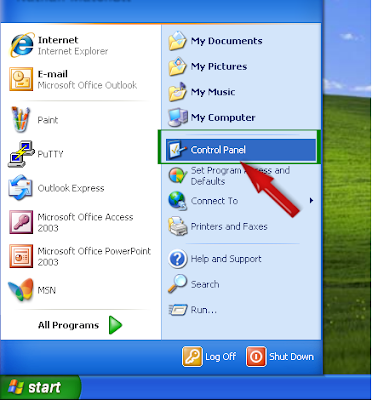
- Step 2: Select Add or Block program option.

- Step 3: Search & Select unwanted program whom you wanted to Block from Operating System.
- Step 4: Click on Delete Button.

- Step 1: Click on Windows Key from your keyboard.
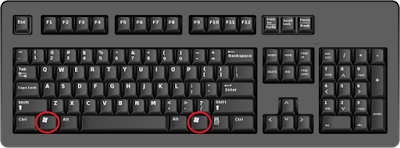
- Step 2: Select Control panel Option From start menu.

- Step 3: Select Block a Program option from Program menu.

- Step 4: Select Unwanted programs from your Operating System whom you want to Block.

- Step 1: Press Win+R button to Open Run Box Command Window.

- Step 2: Type Control panel in Run Window and Press Enter.

- Step 3: Click on Delete a program.

- Step 4: Select PainLocker Ransomware and other malicious program whom you want to Block and then Click Delete.

- Step 1: Press Start button and Choose Setting option.

- Step 2: Select Operating System option.

- Step 3: Click on Apps and Features option.

- Step 4: Select PainLocker Ransomware or suspicious programs whom you want to Block and Click Delete.

Block PainLocker Ransomware From Windows XP/Vista
- Step 1: Restart your Operating System.
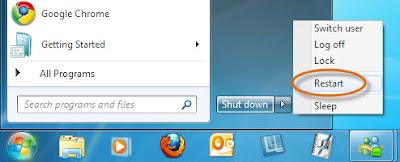
- Step 2: Press F8 Key to open Advance Boot Option Window.

- Step 3: Opened Advance Boot Option.
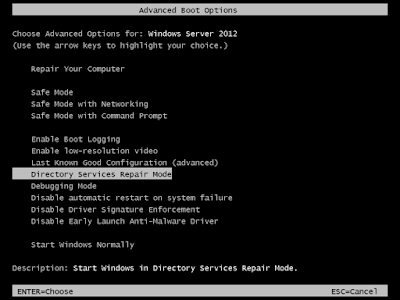
- Step 4: Select “Safe Mode with Networking” option then hit Enter button from keyword.

- Step 1: Click on Start menu and Press Shift key then Click on Restart button.
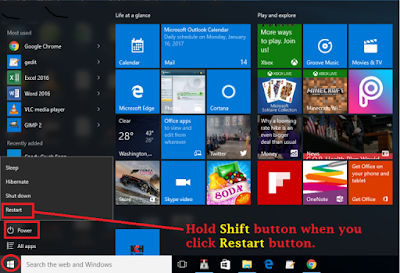
- Step 2: Select on Troubleshoot option.

- Step 3: Click on Advanced Options.

- Step 4: Select Startup Settings option.

- Step 5: Select Enable Safe Mode option and then Click Restart button.

- Step 6: Press F5 button to Enable the Safe Mode With Networking option.

Guide: 4 Block PainLocker Ransomware Related Files From Task Manager
- Step 1: Press ALT+Ctrl_Del Button From the key board simultaneously.
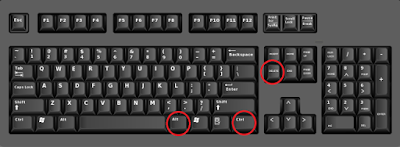
- Step 2: Select Windows Task Manager Option from Windows screen.

- Step 3: Choose the malicious process and click on End Task Button.

Delete PainLocker Ransomware From Mozilla Firefox Browser
- Step 1: Launch Mozilla Firefox and click on Menu icon (≡).
- Step 2: Now Click on Add-ons from the open Window.
- Step 3: In the Add-ons Manager tab and choose the Extension or Appearance Panel.
- Step 3: Select PainLocker Ransomware and other suspicious extensions and click on Delete button.
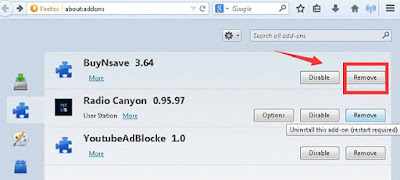
Delete PainLocker Ransomware From Google Chrome Browser
- Step 1: Launch Chrome browser and click on Settings icon (≡).
- Step 2: Click on Tools option and select Extensions.
- Step 3: From the opened Extension Window you need to locate PainLocker Ransomware if found then click on the garbage bin icon appear on right of it.

Delete PainLocker Ransomware From Internet Explorer Browser
- Step 1: Launch Internet Explorer and Press Alt+T button or Click on (≡) from right top corner.
- Step 2: Select Tools option and click Manage Add-ons option later choose Toolbars and Extension tab.
- Step 3: Select PainLocker Ransomware and other malicious add-ons and select Disable button.
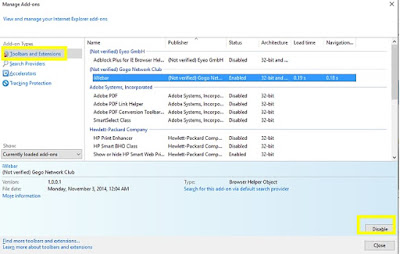
Delete PainLocker Ransomware From Microsoft Edge Browser
- Step 1: Launch Microsoft Edge web browser and Click on More(....) icon.
- Step 2: Choose Settings and select a specific page or pages from under the Open option.

- Step 3: Select Custom option and enter the URL of the page that you wish set as your browser homepage.
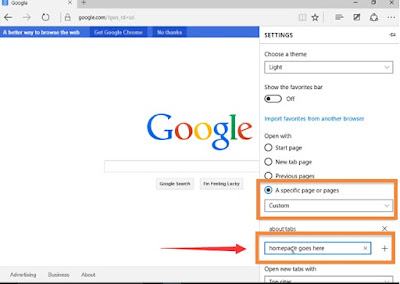

No comments:
Post a Comment